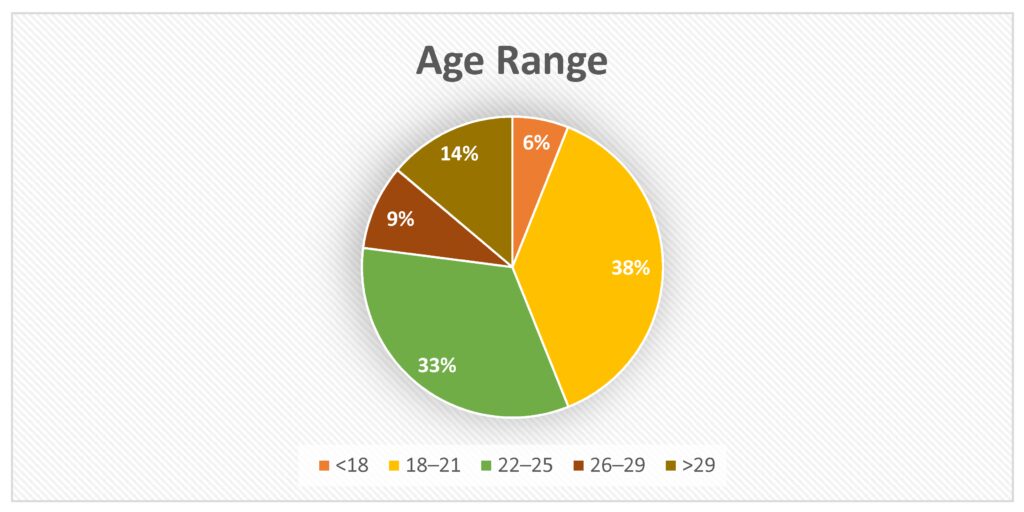A recent study conducted by the Entertainment Software Association (ESA) has found that men are more likely to play video games than women, with 54% of gamers being male and 46% female. Female gamers have cited the lack of representation of women in popular video games and the often-hostile culture surrounding the industry, which includes online harassment, as reasons for their disinterest. Efforts have been made to encourage more women to play video games and pursue careers in the industry, including initiatives by Women in Games International and Girls Who Code, which teach computer science skills and video game design to young girls.
Understanding the Gender Gap in Video Game Playing Habits
The Gender Gap in the Video Game Industry
A recent study conducted by the Entertainment Software Association (ESA) has revealed that men are more likely to play video games compared to women. The study found that 46% of gamers are women while 54% are men. This gender gap has been a topic of discussion in the video game industry with efforts being made to bridge the divide.
The Reasons for the Gender Gap
Several factors have been attributed to the gender gap in video game playing habits. One of the main reasons is the lack of representation of women in popular video games. Most video games feature male protagonists and show women in stereotypical roles. This has led to women feeling discouraged from playing video games, which are often perceived as a male-dominated activity.
Another reason for the gender gap in video game playing habits is the culture surrounding video games. The video game industry has been criticized for being hostile towards women, with women often facing harassment online when they express their love for video games.
Efforts to Bridge the Gender Gap
The video game industry has recognized the need to bridge the gender gap in video game playing habits. Several initiatives have been launched to encourage women to play video games and pursue careers in the video game industry.
One of the initiatives is the Women in Games International (WIGI), a non-profit organization that aims to advance the careers of women in the video game industry. The organization provides networking opportunities and mentorship programs for women.
Another initiative is the Girls Who Code, a nonprofit organization that teaches girls computer science skills and encourages them to pursue careers in the technology industry. The organization has included video game design in its curriculum to encourage girls to create video games and participate in the industry.
Conclusion
The gender gap in video game playing habits is a concerning trend in the video game industry. However, efforts by organizations and individuals have shown that progress towards bridging the divide can be made. More representation of women in video games and a change in culture in the industry can encourage more women to play video games and pursue careers in the industry. Overall, it is important to recognize the contributions of women in the video game industry, and encourage more women to participate in this vibrant sector.
